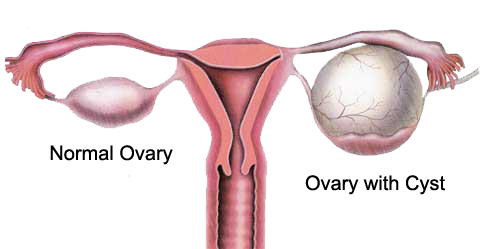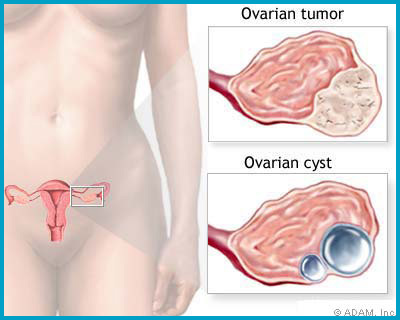What Are the Most Common Types of Surgery For Ovarian Cysts?

When you are looking for answers on what is a cyst and what is cancer, you should know there are two different types of cysts. In general they are categorized as ovarian cysts. Ovarian cysts vs. tumors: 7 things you need to know. A tumor is not always considered cancerous.
Ovarian cysts are either sacs or tumors that are filled with fluid, tissue, or air. A cyst in itself is not necessarily cancerous. A cyst is usually either a sac or a solid mass of cells.
Breast cysts vs. ovarian cysts: A breast cyst can be the result of an ovulation disorder such as ovulation disorder. Sometimes an ovarian cyst can cause a change in the size of the breasts. The cyst can also cause pain. If left unattended it can rupture and form a new cyst. A breast cyst can cause permanent changes in the size and shape of a woman's breasts.
Ovarian tumors vs. ovarian cysts: An ovarian tumor can be very similar to a cyst. It is usually filled with fluid and filled with other tissue or even blood. They can be malignant (cancerous). Some types of ovarian tumors cause severe pain and can interfere with daily activities. They can cause problems with fertility in women. Some types of ovarian tumors do not pose a serious threat to one's health, but they may be cancerous.
Cancerous tumors are not the same as cysts. They can also be solid masses of tissue and are not cancerous. Cancerous tumors are more common than ovarian cysts.
Many women are diagnosed with ovarian tumors without even knowing that they have them. A doctor may feel pressure from insurance companies to diagnose the condition. If you have an ovarian cyst and you have no symptoms or are not aware that it is growing, you might be misdiagnosed.
The best thing for you to do is talk to your doctor about your options.
Your doctor will talk to you about your treatment options and your chances of developing another ovarian cyst if you do have a history of ovarian tumors

Many women are afraid to have a cyst removed because they are worried that they will get one. from the cyst. Some women are afraid that it will be cancerous and might be malignant. A cyst removal will not cause any risk of cancer in the short-term. It is important to know that a cyst is not always cancerous and that there is a difference between ovarian cysts and tumors.
Surgery is the only option for removing an ovarian cyst. It is important to know the different types of surgery and what the risks are. Your doctor will tell you what type of surgery is right for you.
Hysterectomy is the most common surgery to remove ovarian cysts. This surgery is performed to remove the cyst and uterus.
Endometrial biopsy is done to determine whether the cyst is cancerous. Some doctors will remove the cyst through an endometrial ablation. Another doctor will remove the cyst through laparoscopy.
Sclerotherapy is another option that is used to remove ovarian cysts. This method uses a special needle that inserts into the cyst to dissolve the cyst and destroy it. This method can also destroy the scar tissue.
You can have surgery to remove your ovarian cyst, but it does not guarantee that the cyst will never return. If your doctor determines that your cyst is cancerous then you may have to have a hysterectomy. But, this option has a much lower risk than surgery. You can also choose to go through surgical procedures to remove the cyst, but it can be more expensive than a hysterectomy.
